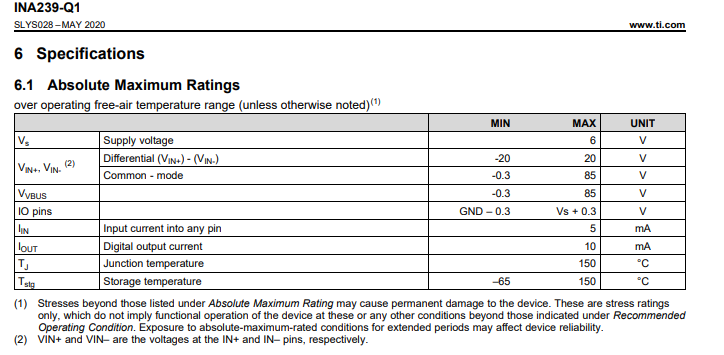Other Parts Discussed in Thread: INA239
I am using a INA239-Q1 in my design. The component was ordered as a preview from TI website, and I think it is worth reporting a failure, even if I cannot be sure if it was caused by the component itself or not.
The INA239 was used for monitoring a load connected to a 48 V output DCDC converter. There was a flash on the board and the component stopped working, signaling a malfunction with the \alert signal stuck low. I had no time to read the status register for reported failures, but even after many power cycles the component did not get back to operation, even though voltage levels around it were within the expected range.
Below a picture with all production details for the failed device



